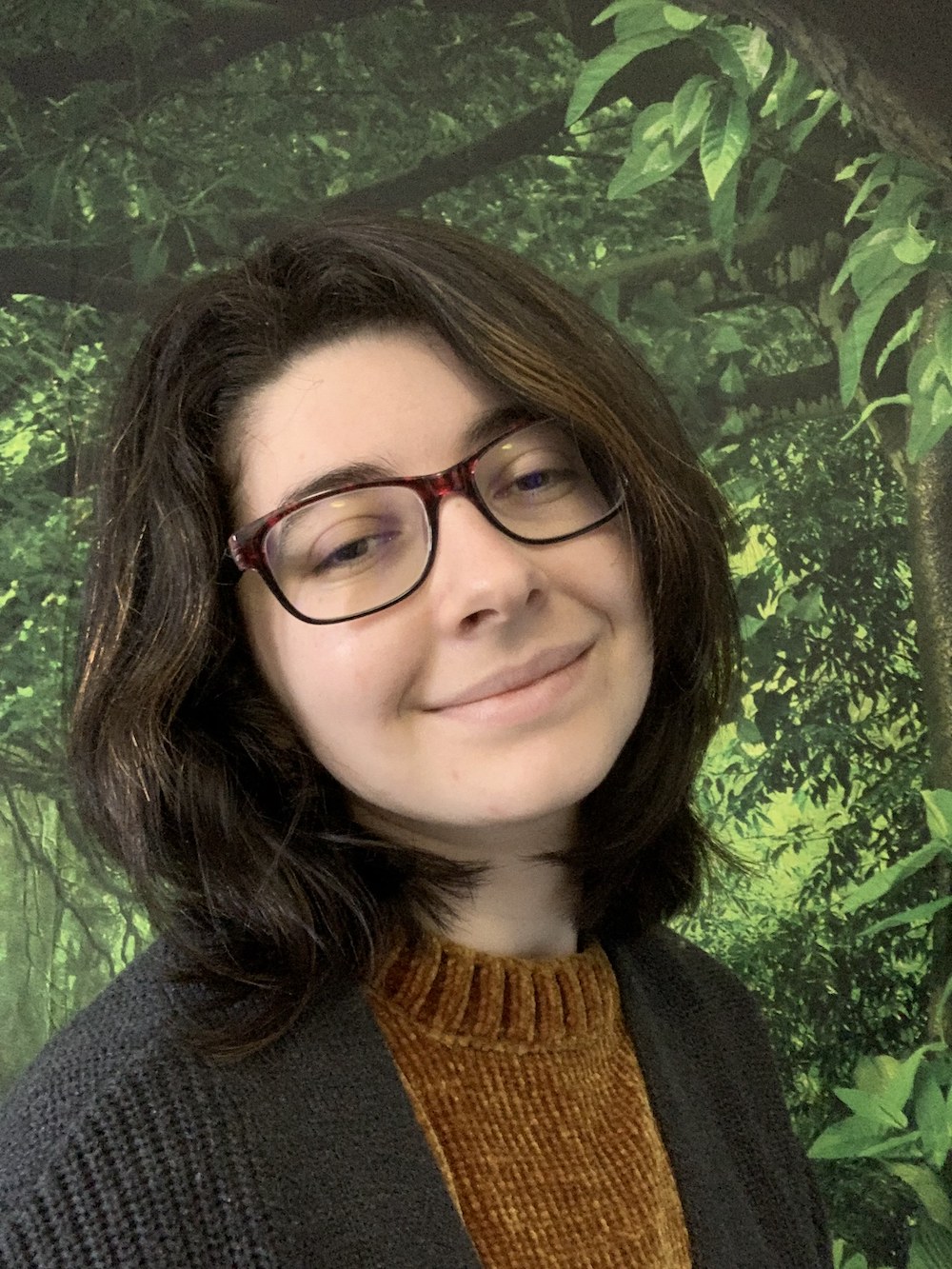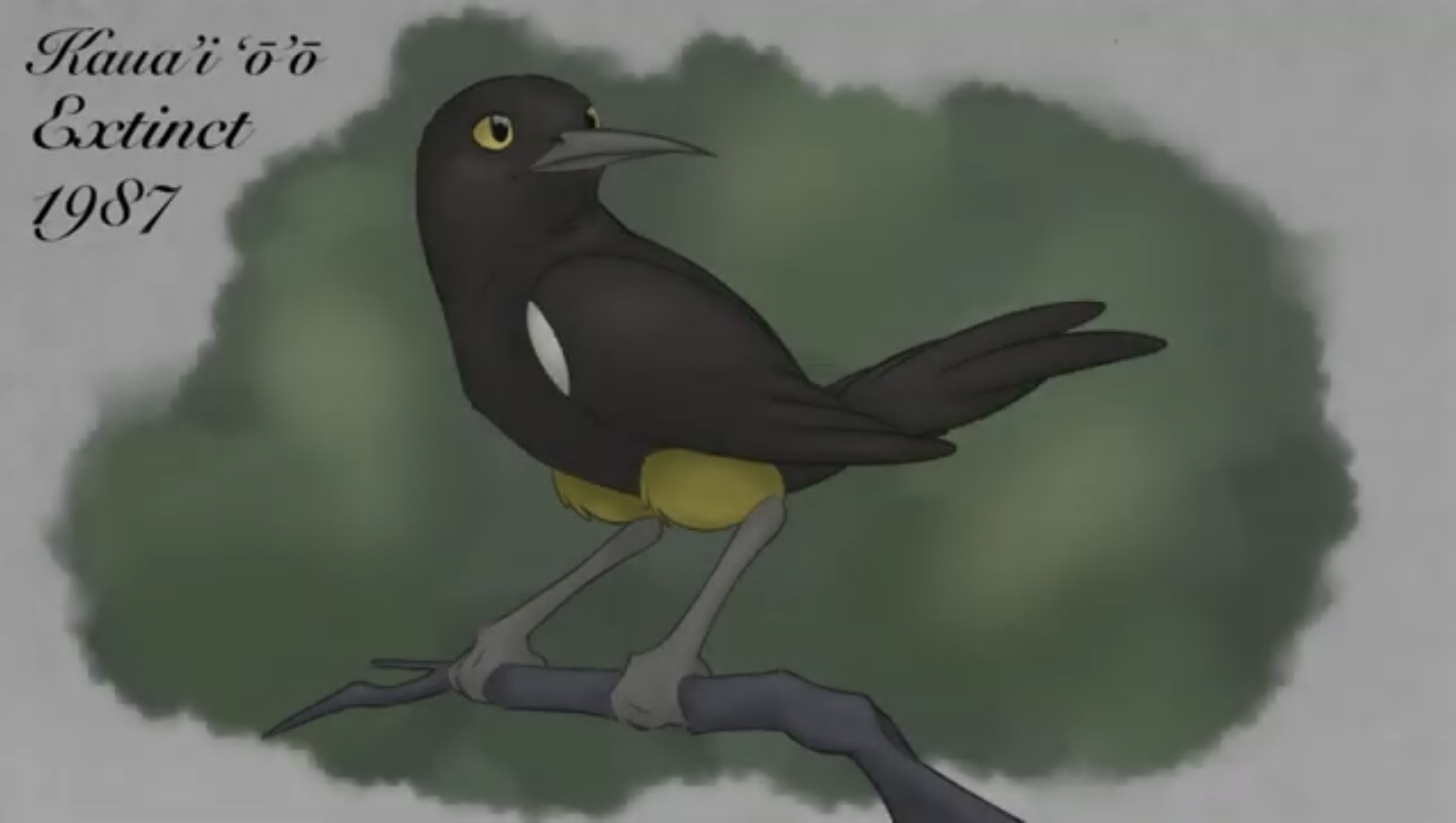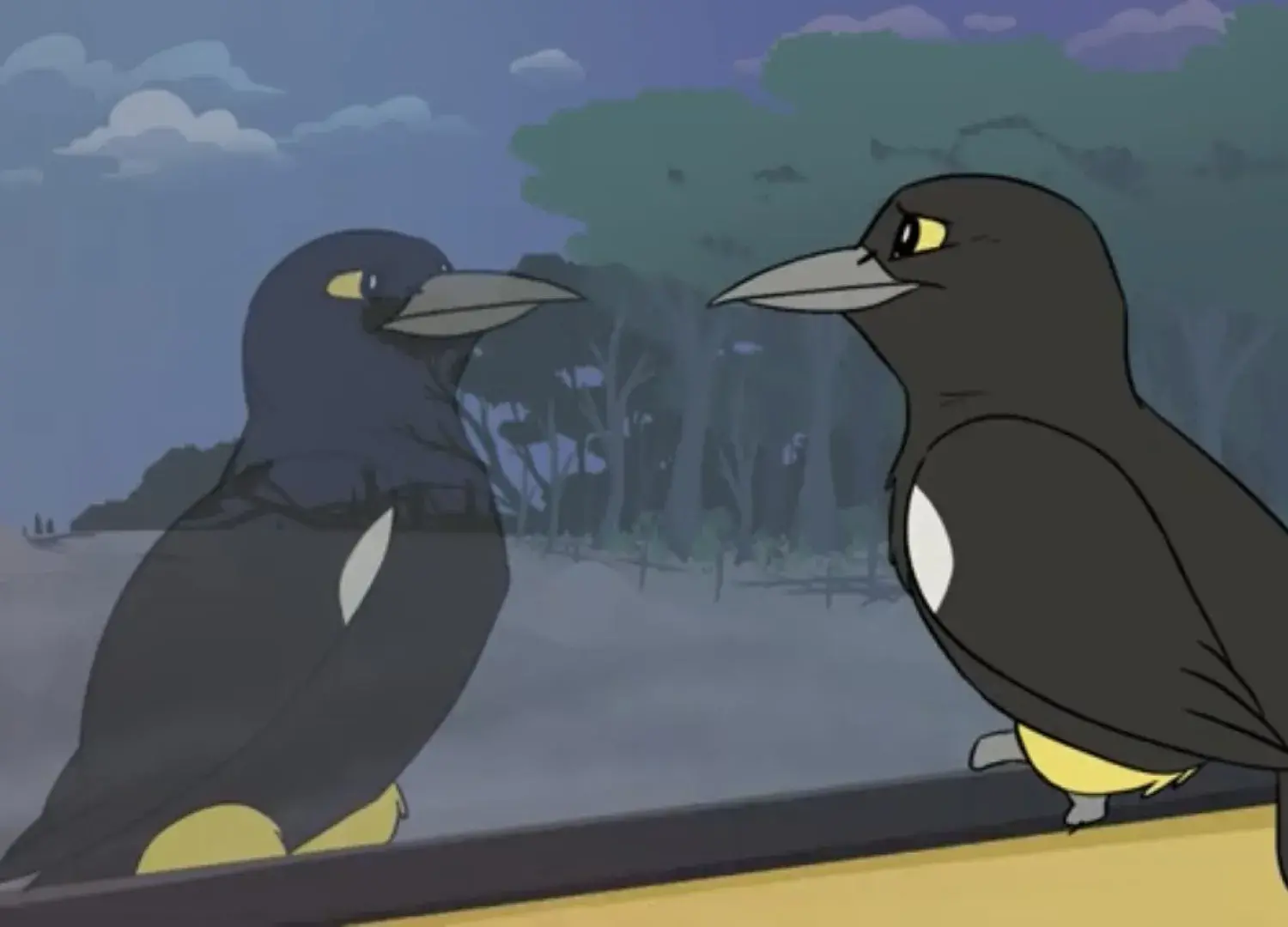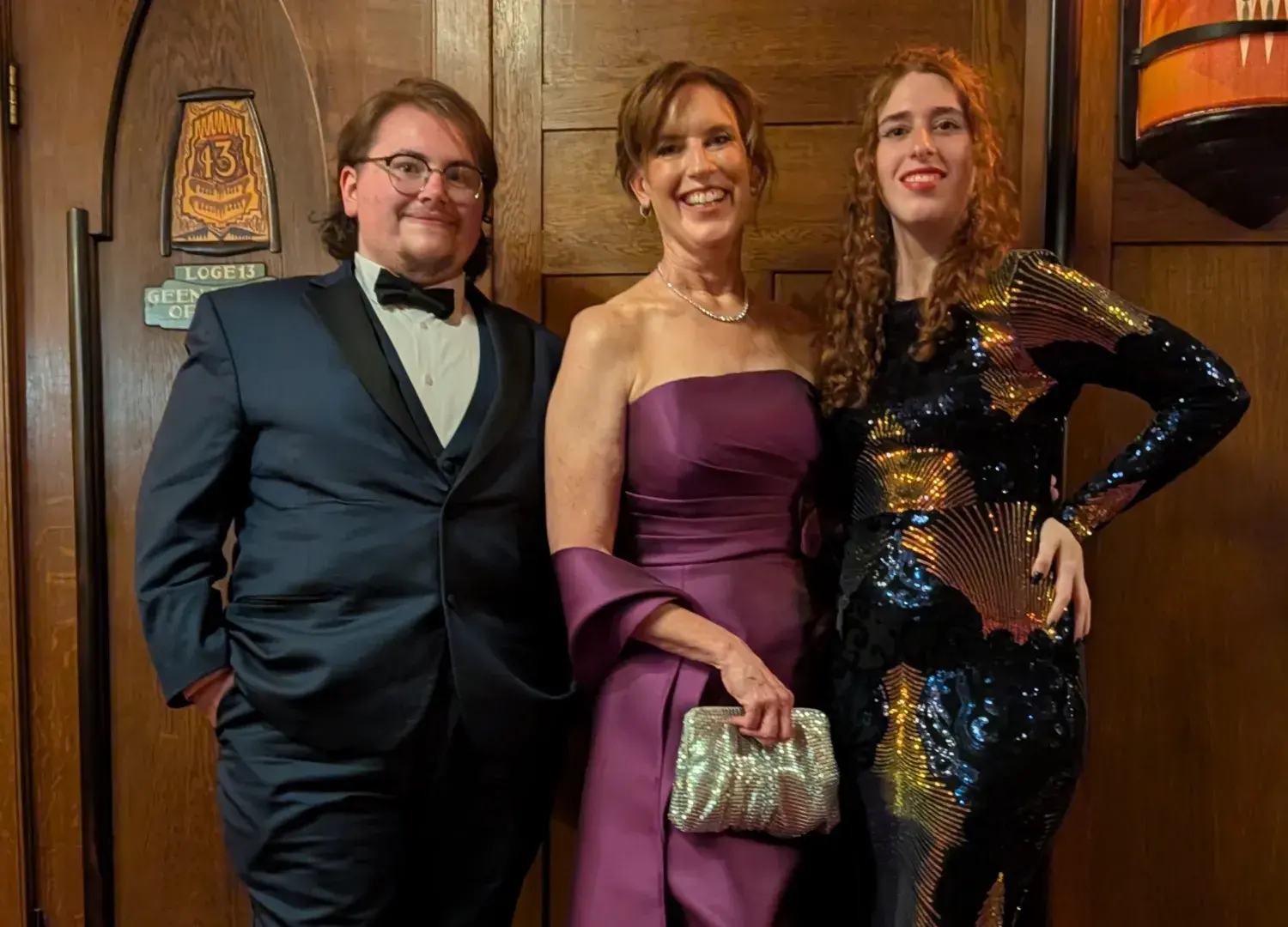The melodic, two-tone bird call that punctuates Hanah Cincotta’s film O'o: The Last Voice of Kaua'I O'o, has a melancholy tone, as if the bird is searching for a lost friend. But the story behind the call is even sadder than it sounds. The O’o has vanished forever from its native habitat on the Hawaiian island of Kaua’i, driven to extinction by habitat destruction and the introduction of predators. The last male of the species was seen in 1985, and his plaintive call, recorded by ornithologists in 1987, is the only way that the song of the O’o will ever be heard again.
Cincotta, who earned her degree in Animation and Motion Media in 2022, created the film as her senior project, hoping to raise awareness of endangered habitats and species extinction. Now, less than a year later, her film is an Official Selection at numerous film festivals focused on nature and the environment and has earned awards at the Friday Harbor Film Festival, the Festival International Nature Namur, and the CINECO Festival.
Cincotta's interest in animation and the environment were intertwined early on. As a teenager, she considered a career as a veterinarian or in environmental science, but she was also drawn to art and animated film in particular.
“I was always influenced by films like Studio Ghibli’s 'Princess Mononoke' and Disney movies like 'Bambi' and 'Lilo and Stitch' — those themes of humans disrupting nature. 'Lilo and Stitch' is set on the island of Kaua’i, where my film takes place and I loved the way they illustrated the mountains and plants in this lush environment.”

When she started looking at art schools, Lesley’s animation and visual effects department piqued her interest. “I was looking for art schools in the northeast that had animation majors and I read that Lesley just gotten a major donation to fund their animation program.”
She was also excited to be able to take science courses alongside her classes in art and filmmaking. “That was another reason that I wanted to go to Lesley because they actually had science courses that seemed really, really cool.”
She ended up minoring in Biology, taking classes in ecology, animal behavior, and evolution. Inevitably, her interest in biodiversity and habitat loss expressed itself through her work. A 2015 documentary called “Racing Extinction” was an inspiration for her senior project film.
“They had a scene about the last male O’o and the audio recording from that bird. The call is very haunting — knowing that it's gone now and that this is the only thing that we have left gave me chills. I thought ‘maybe someday I’ll do a short about this bird.’”
To prepare, she did extensive research on the biodiversity of Kaua’i and included actual native and invasive species in her film, from the Kamehameha butterfly to the distinctive red Northern Cardinals that were introduced to the island years ago.
“Hawaii is the extinction capital of the world,” Cincotta points out. “Pretty much everything that's actually native there is endangered.” Non-native species that humans have introduced either deliberately or inadvertently, from rats and mosquitoes to domestic cats, have had a devastating impact on the island’s fragile ecology.
“I have a cat. I love cats,” she says sadly. “But they're a menace to actual ecosystems.”
She hoped to convey in her four minute film the deep sense of sadness and loss she felt at the disappearance of a species. “I wanted it to be emotional,” she explains. “I wanted people to feel different after watching this film, than before they came in.”
Early on she sensed that she’d succeeded.
“Toward the end of the film's production, I started to share it with some of my peers and professors and I noticed that a lot of people actually started to cry.”
Even a short animated film is a team effort, Cincotta observes. She credits the support of talented friends with helping her complete the film — musician Vincent Fasano and sound designer Nils Randers-Pehrson who created the haunting soundtrack, artist Carolyn Doremus who illustrated the portraits of extinct species that appear towards the end of the film, and Lesley students Owen Flores, Eman Umaiya, and Emma Mercier who helped clean up the animation and color some shots.

“They’re all in the credits,” Cincotta says with gratitude. “That was something they really instilled in us at Lesley — it doesn't matter how good you are if you don't work well on a team.”

